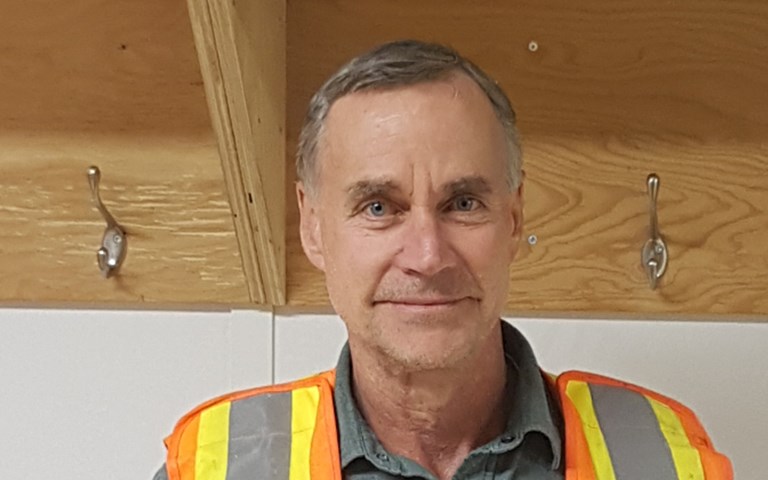As mining and resource extraction companies across the north continue to ride out a worldwide slump in commodity prices, there are several things remote First Nations close to large mineral deposits could be doing to maximize the benefits that will eventually come their way once mining operations begin in earnest.
While there has been considerable attention paid to the labour market demands of the Ring of Fire’s mining projects, there has been much less attention paid to developing an employability profile of the residents of the remote reserves most people agree will supply much of the labour force needed to meet those demands.
To be sure, accurate labour force information about remote aboriginal reserves is hard to come by. Although Statistics Canada conducts a monthly labour force survey in provinces and territories across the country, it does not include Canada’s on-reserve aboriginal population. Much of the information that is available from other sources is outdated, unreliable or anecdotal. Certainly there are challenges in collecting labour force data on reserves, particularly in remote areas of the north. Travel is expensive, it can be difficult to recruit and train local people in data collection, respondents are frequently difficult to contact and so on. Real as they are, however, such considerations should not discourage First Nations from conducting their own labour force surveys and collecting their own data, particularly if they hope to take full advantage of the employment and business opportunities that will come their way once the mining sector rebounds and mining operations across the north re-commence.
Our experience helping train members of the James Bay Cree First Nation for mining jobs suggests two things are particularly important to do in this regard. First, it is important to set up a skills, education and work experience inventory of working-age reserve residents. The more up-to-date and accurate information that can be gathered now about the labour force, the better the chances of tapping into training and employment opportunities in the future. Many semi-skilled and skilled mining jobs in the Ring of Fire, for example, will require formal education or vocational training. However many provincially recognized training programs have academic pre-requisites, frequently Grade 10 or 11 math or English. What that means in practice is that not everybody who wants to enroll in, say, an underground mining training program will be able to do so. But to know that for sure – and take steps to address it while there is time – reserve residents need the information. And the sooner, the better. When in a year or 18 months there are half a dozen underground miner jobs at a local mine and people can be trained and work-ready only six months later, it will be too late. Without enough lead time, opportunities that may not come again will be missed. Start now.
Related: Creative solutions to mining's skills shortage
Second, it can save a lot of time if reserves carry out a preliminary assessment of the basic workplace skills of their working-age residents. Experience has shown us that the most successful training programs are the ones that tailor their technical training as much as possible to the skill strengths and weaknesses of their participants. And to do that, trainers need to know the participants and what kind of basic literacy and numeracy skills they possess. There are a variety of assessment tools available to do this, many of them now available online. Assessment scores will give individuals a realistic snapshot of where they stand in terms of the kind of real workplace skills that are needed on the job. And, perhaps more importantly, it will show them the skills gap between where they are now and where they need to be to fulfill the requirements of the mining job they are interested in. Once that assessment is done, they will have time to improve their skills and narrow or even close those gaps.
Aboriginal communities, like non-aboriginal communities, are diverse and different and there is no one-size-fits-all program template for training. A program that works well with one community in one part of the province or country cannot simply be replicated, taken out of the box and set up elsewhere with another community. But with up-to-date labour force information collected and workplace skills assessment data at hand, the people who design the training programs and work with the community when the time comes will have a solid foundation to build on. Time spent on these two tasks between now and then will be well spent.
Daniel Bland is coordinator of the Cree Employability Skills Development Partnership, a training to employment initiative of Cree Human Resources Development. An earlier version of this column first appeared on Policy Options.




